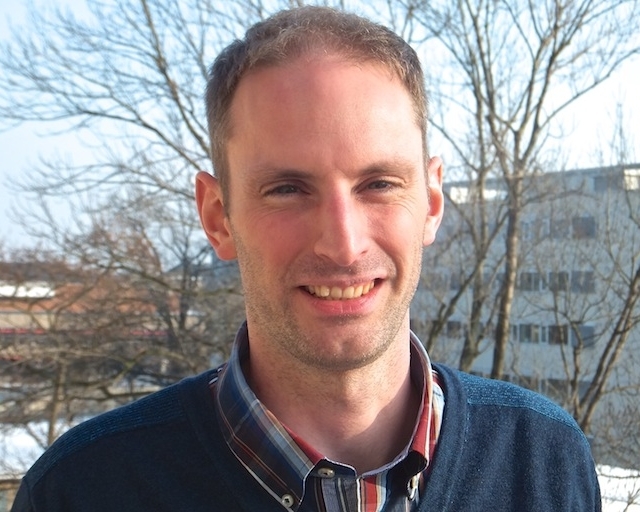
Abstract
Intermolecular charge transfer (CT) states at the interface between electron-donating and electron-accepting (A) materials in organic thin films are characterized by absorption and emission bands within the optical gap of the interfacing materials. Depending on the used donor and acceptor materials, CT states can be very emissive, or generate free carriers at high yield. The former can result in rather efficient organic light emitting diodes, via thermally activated delayed fluorescence, while the latter property is exploited in organic photovoltaic devices and photodetectors. In this contribution, we will discuss the fundamental properties of CT states and link them to organic opto-electronic device performance; with a special focus on organic solar cells. We explore possibilities for increasing the operating voltage and discuss the influence of the donor-acceptor interfacial area, electronic coupling, and molecular reorganization. Furthermore, we introduce a new device concept, using an optical cavity resonance effect to boost CT absorption at photon energies below the optical gap of both donor and acceptor, enabling narrow-band, near-infrared (NIR) photo-detection.
Biography
Professor Dr. Koen Vandewal obtained his PhD. in Physics at Hasselt University in 2009 under the supervision of Professor Dr. Jean V. Manca, working on the physics of organic photovoltaics. After that, he worked for two years as a Postdoctoral Fellow at Linkoping University in Sweden and another two years at Stanford University in Palo Alto, California. In 2014, he was appointed as the Endowed Professor at the Technische Universitaet (TU) Dresden in Germany, where he is leading a research group which aims to solve fundamental questions in the field of organic and molecular electronics with relevance to applications in opto-electronic devices such as organic light-emitting diodes, organic solar cells, and sensors. In the organic electronics community, he is best known for his seminal work on charge-transfer states at organic interfaces and their role in photovoltaic devices